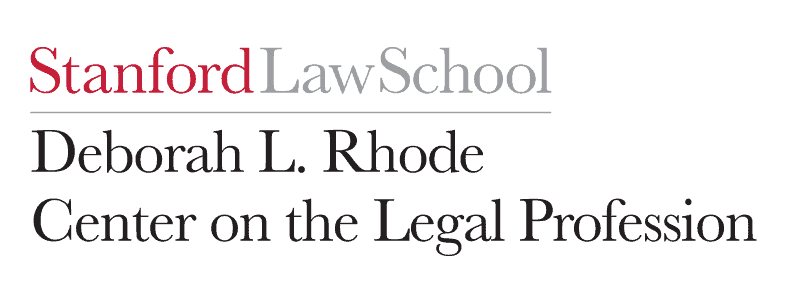LATEST UPDATES
Menu
Most Americans facing civil justice problems in their daily lives either cannot or do not get legal help.
The problems we are talking about involve the most basic of human needs: shelter (evictions and foreclosures), personal safety (protection orders against abusers), family stability (child custody, child support, guardianships, elder care, adoptions), and economic livelihood (wage theft, access to unemployment insurance, health care, food assistance, and other benefits programs).
Millions of individuals are negatively impacted when these problems are not resolved. And our democracy is harmed when most Americans are not able to access their laws in meaningful ways to solve their problems.


Traditionally, we have understood the solution to this problem to be more lawyers. But the American legal profession has grown four-fold since the 1970s and unmet legal need continues to expand. The acceptable approaches–increasing pro bono services provided by lawyers and increasing legal aid funding–should remain of the highest priority. But they alone will not be enough to solve this crisis.
Providing just one hour of pro bono assistance per problem to households facing legal difficulties would require over 200 hours of pro bono work per year by every licensed attorney in the country. Directly funding even one hour of attorney time to every American household facing a legal problem would cost on the order of $40 billion. More lawyers is not a viable solution.
We need to build creative solutions, leveraging the lawyers we have and using new sources of help to expand our ability to meet the need.
You can read the Rhode Center’s white paper on how enabling lawyers to partner with other professionals can help increase innovation in legal services, as well as Professor Gillian Hadfield and Deborah L. Rhode’s paper on the importance of changing the regulatory approach. Hadfield also explains how and why the existing legal markets are not working well. And this op-ed from law.com explains why lawyer-entrepreneurs need regulatory changes to increase access to justice.
